Rigid-tailed dinosaurs
05.02.2024 11:16
3124 views
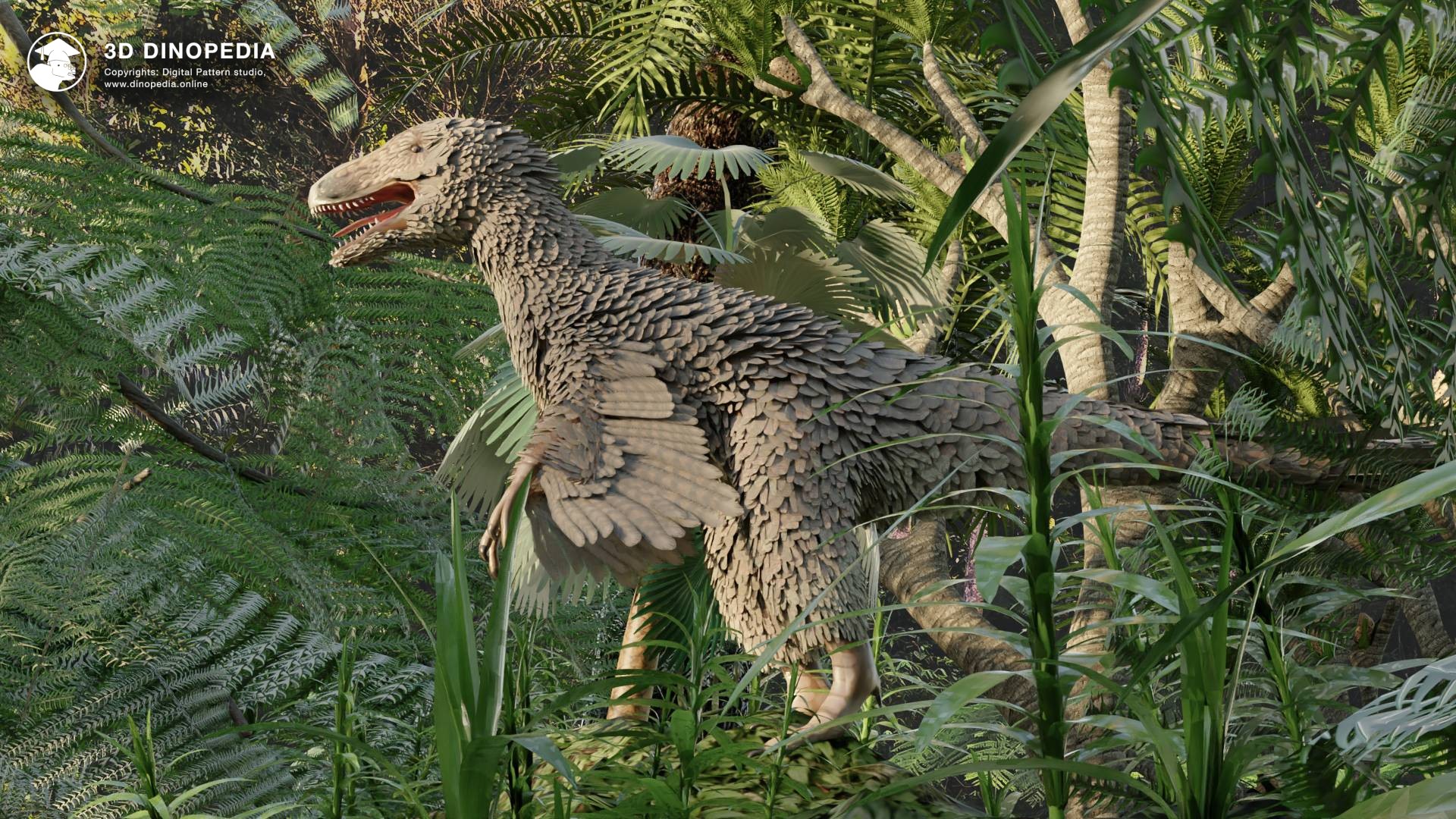
Understanding the great diversity of dinosaurs can be challenging, even for renowned scientists. At first glance, it seems straightforward: there are duck-billed dinosaurs (hadrosaurs), armored dinosaurs (ankylosaurs), long-necks (sauropods), and so on. You look at an ancient animal, and you can immediately tell which group it belongs to. But everything changes when you start examining ancient animals more closely, in detail. There's a saying, "the devil is in the details." And details can bring significant confusion to the classification of dinosaurs. For example, all dinosaurs were divided based on the structure of their pelvic bones - the bones that connect the spine and hind legs. This resulted in a group with a lizard-like pelvis - the saurischians, and one with a bird-like pelvis - the ornithischians. However, it was later found that birds themselves descended from saurischian dinosaurs, not from ornithischians. This means not all saurischians have a lizard-like pelvis; in some, it changes and eventually becomes bird-like! Confusing, isn't it? But animal evolution often is confusing, as animals change due to random mutations, and then retain those features that allow them to survive. As a result, species that are very distant from each other can look almost identical (this is called convergence in science), and conversely, close relatives can differ significantly (this is called divergence).
Understanding the entire diversity of dinosaurs and tracing all evolutionary paths is an unimaginable task. It is unlikely ever to be fully resolved. But science is already familiar with certain stages of this path, certain groups of dinosaurs. Let's try to understand some of them. And we'll start with a mysterious group, or as it is now customary to write, "clade" of dinosaurs, about which many have heard but few understand what it could mean. The name of this clade is "Tetanurae" or "Rigid-tailed."
This mysterious group was proposed by American paleontologist Jacques Armand Gauthier in 1986. This concept became one of the first in the new system of dinosaurs that was just being built at the end of the 20th century.
So who are these "tetanurans"? This group included the vast majority of predatory dinosaurs of the Jurassic and Cretaceous periods. These are spinosaurs, megalosaurs, allosaurs, tyrannosaurs, compsognathids, ornithomimosaurs (e.g., gallimimus), therizinosaurs, oviraptorosaurs (such as citipati, oviraptor), scansoriopterygids (e.g., epidexipteryx), troodontids, dromaeosaurs (utahraptor, velociraptor, etc.), and finally, birds. One might think that this list includes all theropods, so large and diverse is the company gathered. But that's not entirely the case. In the theropod group, all the oldest dinosaurs remained, for example, tawa, coelophysis, as well as ceratosaurs. But indeed, almost all theropods turned out to be "rigid-tailed." So what unites all these animals? Why propose a new concept that can only confuse everyone? And finally, is it true that tyrannosaurs and velociraptors had a rigid tail? Let's try to address these questions.
Starting with the most important. The tail of the "rigid-tailed" was indeed stiff. Not in the sense that it was hard as a rock to the touch, but "stiff" in terms of limited mobility.
What prevented the movement of the tail? Let's consider the skeleton of a tyrannosaur as an example. Like any animal, its tail is a direct continuation of the back. It can be clearly seen that at the base of the tail, the vertebrae have noticeable lateral processes. Such protruding on the side "wings" of the vertebrae continue, gradually decreasing, and disappear about halfway down the tail. Further, one can examine the upper leg bone - the femur. At the back of this bone, a small bump can be clearly seen, called the fourth trochanter.
Millions of years ago, when muscles still existed on this skeleton, powerful muscles stretched back from the fourth trochanter of each leg, covering the tail on the sides. They were not only very thick but also long, reaching the last caudal vertebra with lateral wings. It turns out that these powerful muscles connected the tail and the thigh, earning the name "caudofemoralis longus." We know for sure that they existed and where they attached thanks to modern reptiles - crocodiles and lizards also have similar muscles. These muscles play an incredibly important role.
When the muscle tenses and contracts, the leg is forcefully pulled back. For bipedal dinosaurs, this muscle was one of the main ones in their movement, pulling the leg back with each step. And this limited the mobility of the dinosaurs' tails. For the leg to be pulled back, and not the tail to wag, the dinosaur's tail had to be stiff along the entire length of the caudofemoralis muscle. And it was so large and powerful that it prevented the animal from actively "wagging its tail."
It is quite curious that over millions of years of tetanuran existence, the role of the caudofemoralis muscle constantly changed. In the most advanced dinosaurs of this group - from therizinosaurs to troodontids, the bump for muscle attachment on the femur bone decreased, the number of vertebrae with lateral "wings" decreased, and thus the caudofemoralis muscle itself decreased. Simultaneously, in some of them, for example, therizinosaurs, the tail itself also shortened. The reason was not that these animals no longer needed reliable muscles, or that they no longer had to run. On the contrary, the same velociraptors and deinonychuses were speedy dinosaurs. But their leg changed, and they started to move a bit differently. This ultimately allowed some tetanurans to shorten the tail to a tiny base. Thanks to this feature, the skeletons of these animals could become much lighter, which helped them better master flight. Eventually, these tetanurans became modern birds.
Thus, the tail of most tetanurans was stiff, poorly bent, especially at the base. It stretched parallel to the ground, helping animals maintain balance, and at the same time was a reliable place for muscle attachment. But is it really only the tail structure that unites all tetanurans? Not quite. There are other common features.
They all have numerous openings and cavities in the skull, which make the head skeleton much lighter. Their hand, i.e., the palm and fingers, is significantly larger than in more primitive dinosaurs. They have a reduction in the number of fingers on the forelimbs - from three to one, while in other dinosaurs, you can find 4 and even 5 fingers. There are also a number of other peculiarities in the structure of the skull, limb girdle bones (scapulae, clavicles, pelvis), but all these features are very small and only noticeable to paleontologists - dinosaur scientists.
The main thing is that all these features definitively prove that all tetanurans are a true evolutionary group of dinosaurs. One could say that tyrannosaurs and megalosaurs are much closer relatives than megalosaurs and ceratosaurs.
Scientists have been unraveling the diversity of living nature for centuries. If previously, the science of "systematics" served to create a simple system in which living beings could be divided into groups based on certain similarities, now this direction of human thought faces a much more complex, but also interesting task - to understand the origin, evolution, and true kinship of organisms. And thanks to paleontologists, we have come a little closer to this great goal, uncovering the mystery of the origin and evolution of a large part of the dinosaur family tree, called "Tetanurae".
In our encyclopedia, you can independently explore the systematic tree of dinosaurs and other living beings. To do this, go to the "Taxonomy" tab in the application. And, of course, you can study the 3D models of all "rigid-tailed" in detail, examine changes in the femur, tails, and even look at the structure of the caudofemoralis and other muscles. Good luck in your research!
Discussions
Recommended articles:
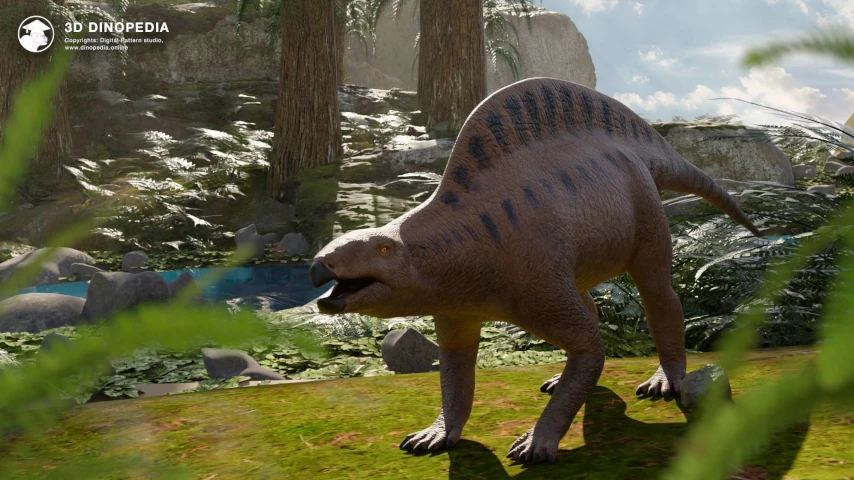
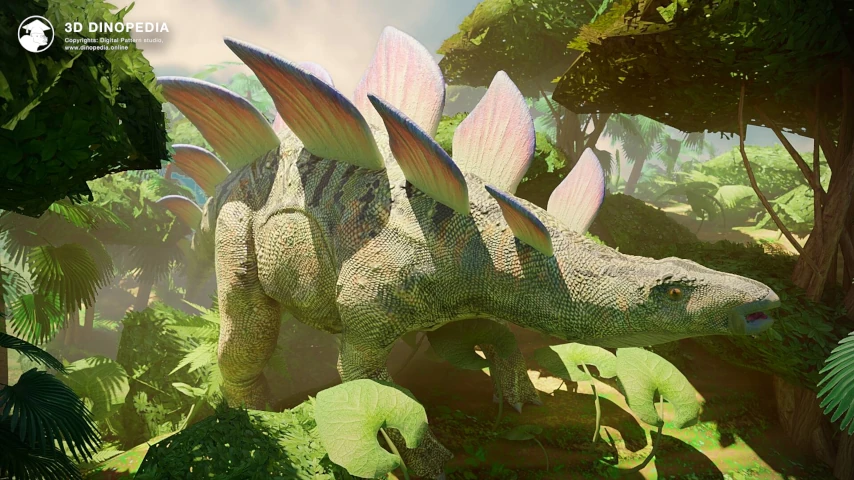
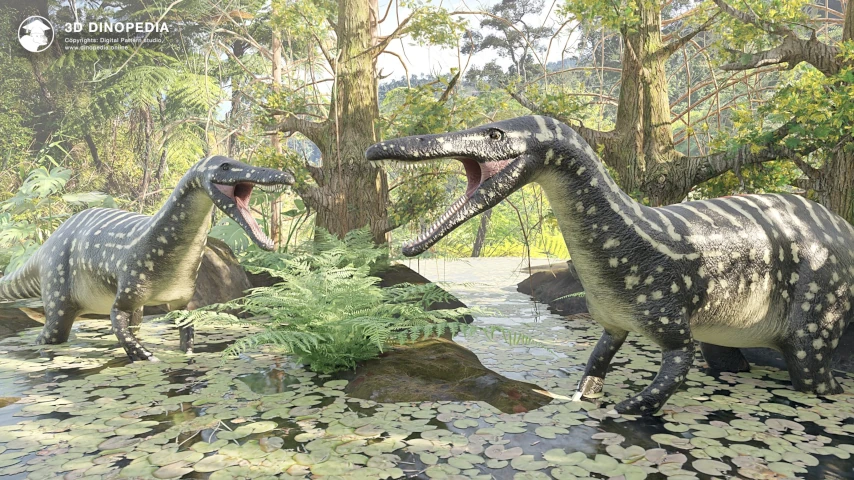
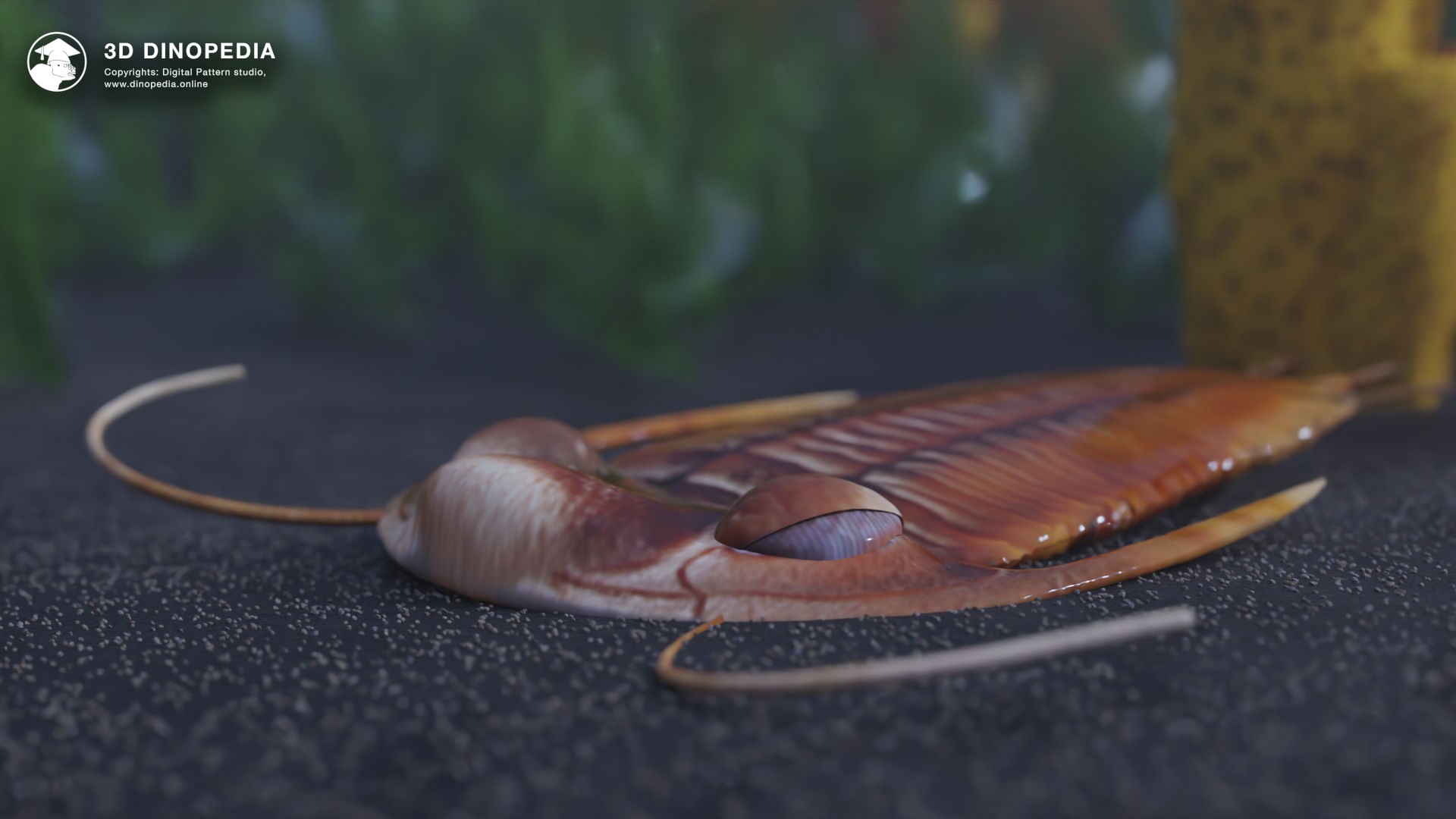
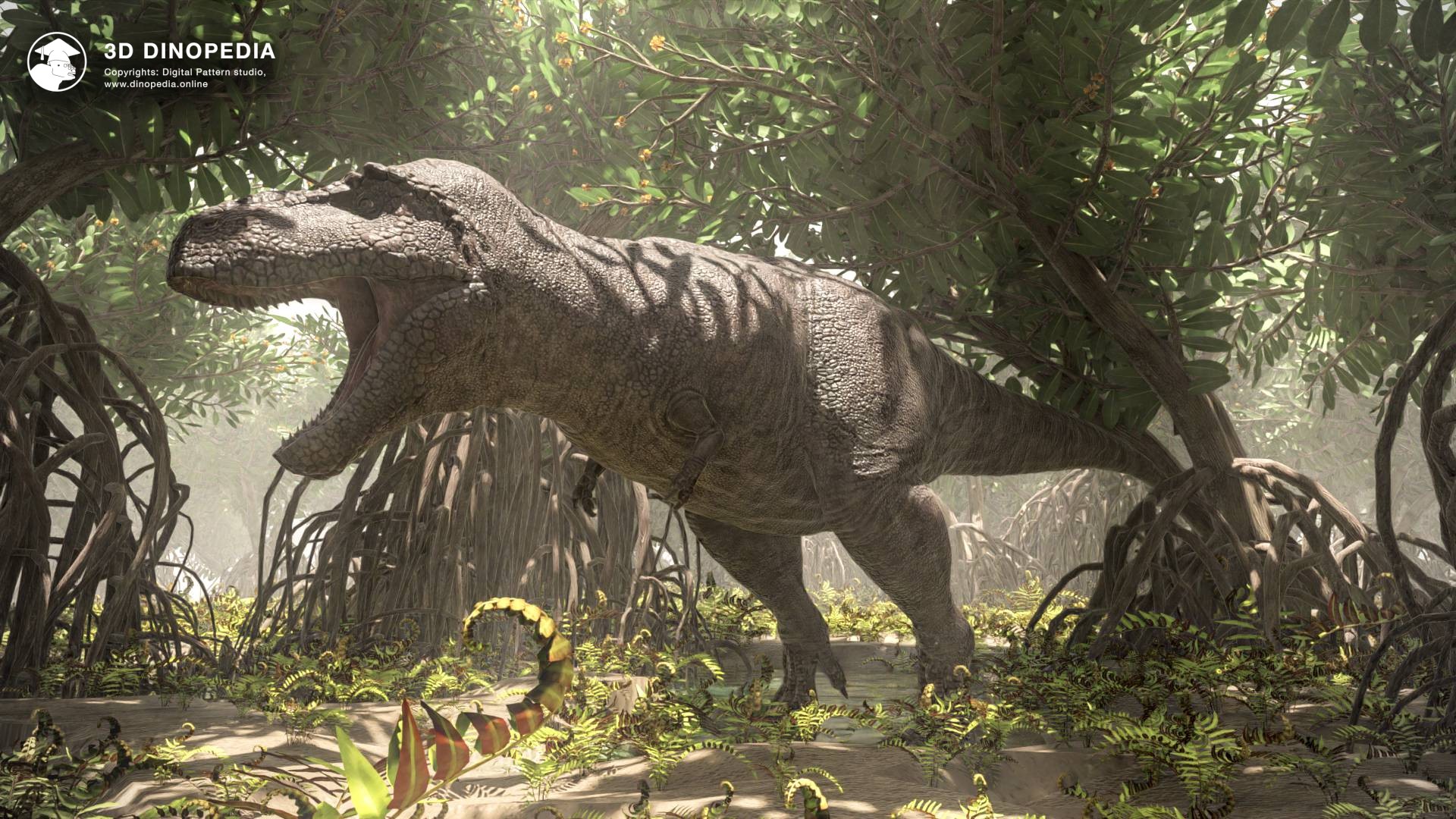
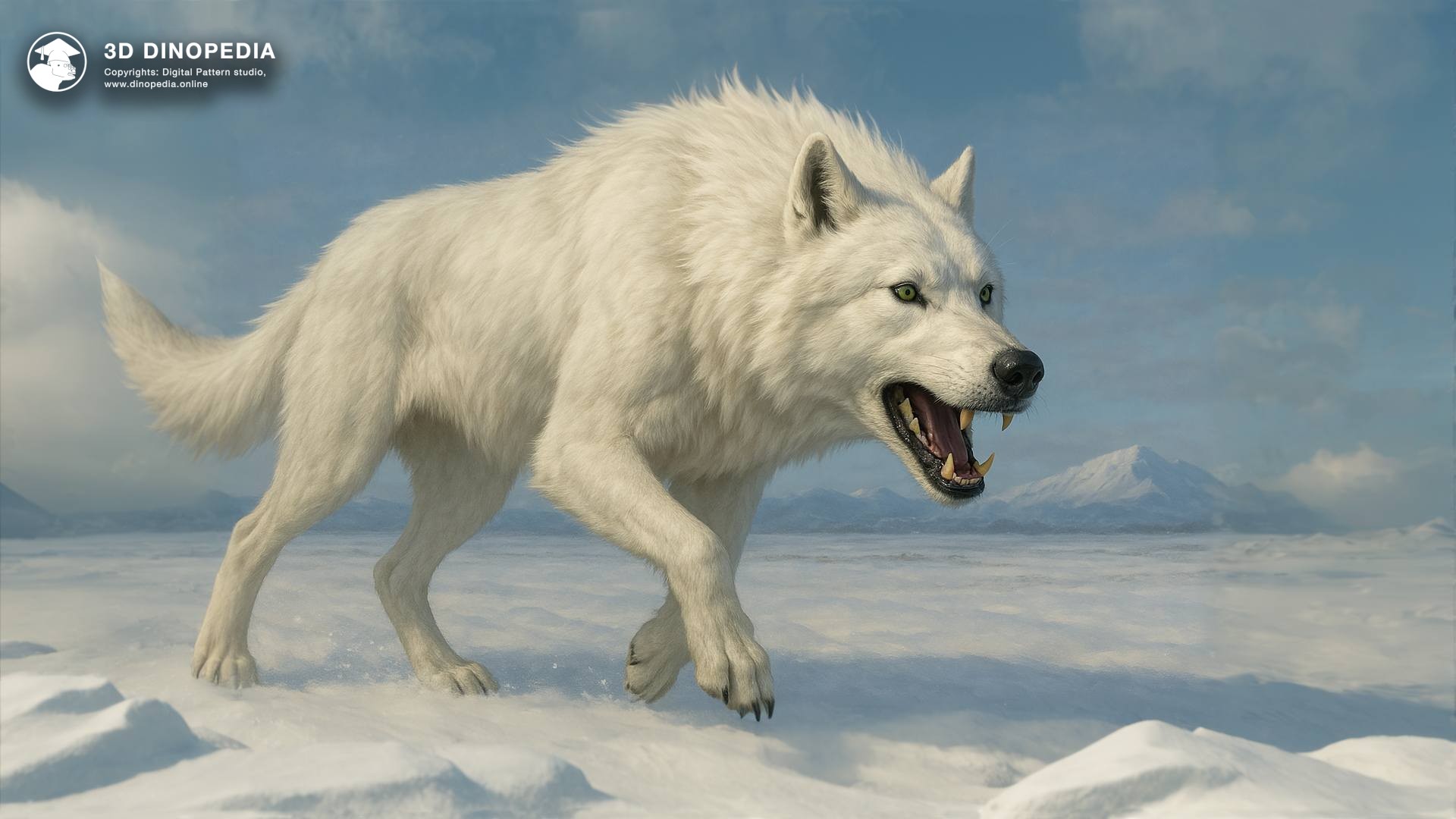

{{ count }} comments
You must login to write a comment